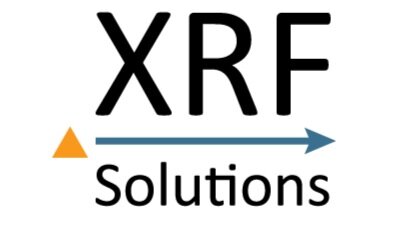Applications
Chemical Stratigraphy
Chemical stratigraphy is the study of the variation of chemistry within sedimentary sequences. Variations in chemistry can be plotted in log suites in order to visually locate different stratigraphic units. XRF provides quantitative chemical measurements for each sample point which are also useful for statistical analysis and mapping. Chemical stratigraphy is a unique way of gaining geological insight. XRF data can be used with or without traditional lab measurements and wireline logs for a variety of applications.
Horizontal Logging
Horizontal logging through conventional means is often prohibitively expensive with inherent risk involved. XRF technology provides an alternative method to collect information from horizontal production wells in the form of chemical logs. Portable instruments can be used to develop chemical logs such as spectral gamma, mineralogy, TOC, rock mechanics and reservoir quality from drill cuttings. This information can be collected on-site while drilling or after the well has been completed with no effect on rig operations and without putting any tools in the well. Chemical analysis is rapid and relatively inexpensive while providing information that can help to optimize well performance and reduce completion costs.
Post Well Analysis
Chemical logging of horizontal or vertical wells can be conducted after drilling has been completed or on archived wells that are in storage. Post well analyses are essential when building chemical models for a new formation or area. The model building process requires that the client provide as much available lab and wireline data as possible. Once a firm model is established, the collection and reporting of results to the client for a core or set of drill cuttings generally takes a few days. These analyses can be compared against hydrocarbon production and/or hydraulic fracture treatment results in order to identify reservoir characteristics in the rock that are beneficial or detrimental.
Reservoir Characterization
Local and regional reservoir models are developed based on a variety of chemical stratigraphic logs. These are used to evaluate reservoir quality and select the best location for well placement. Characteristics such as mineralogy, TOC content, and mechanical properties are important in organic rich shale plays. These rock properties can be determined in horizontal wells and be used to evaluate differences in production or hydraulic fracturing results. Chemical stratigraphy from heavy oil core analyses provide information such as mineralogy, clay typing, total clay content, grain size, porosity, permeability, provenance and bitumen analysis. These results can be used to map specific geologic features in order to place SAGD wells in optimal locations. Quantitative information on ore grades can be determined rapidly for mining operations.
Geo-Steering
XRF chemical data can be collected from drill cuttings in real time during drilling of vertical or horizontal wells. Data collected on-site can be rapidly processed through models developed prior to drilling in order to build chemical logs. Formations composed of variable lithologies that are difficult to distinguish visually, such as the Montney or Duvernay, can be characterized through chemical analysis. These chemical logs provide information for the wellsite and operations geologists to help them determine the stratigraphic location of the wellbore and assist in geo-steering.
Hydraulic Fracturing
XRF Solutions provides quantitative data for reservoir quality factors such as mineralogy, TOC content, and rock mechanics within a specific formation. This enables the client to distinguish between reservoir rock which may react differently to specific hydraulic fracturing treatments. Values for Young’s Modulus and Poisson’s Ratio can help to assess areas in which it may be easier to induce fractures and also define potential fracture barriers. These horizontal chemical logs can help to optimize spacing for ports and determine which fluid/proppant mixture will be most effective.
